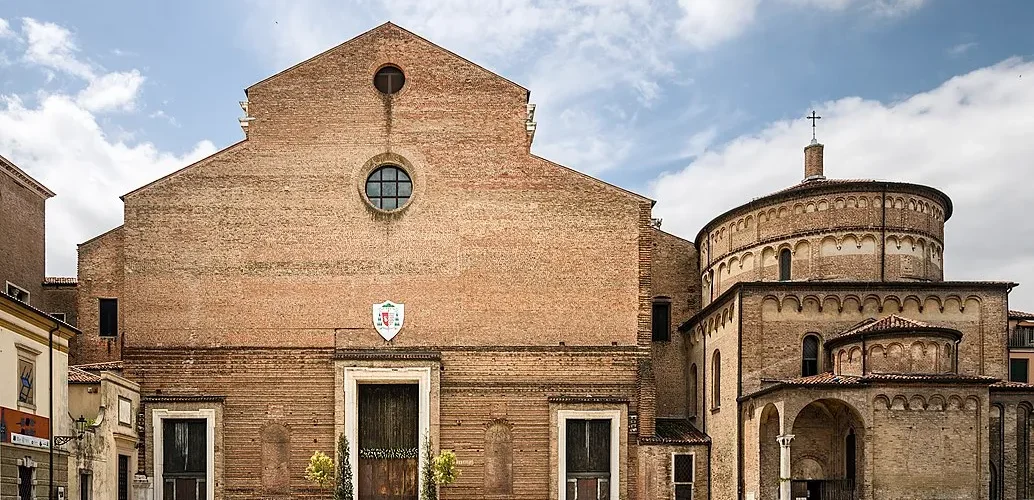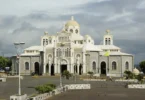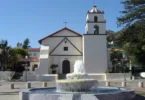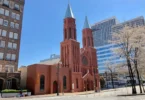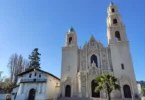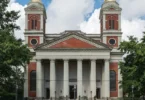Introduction
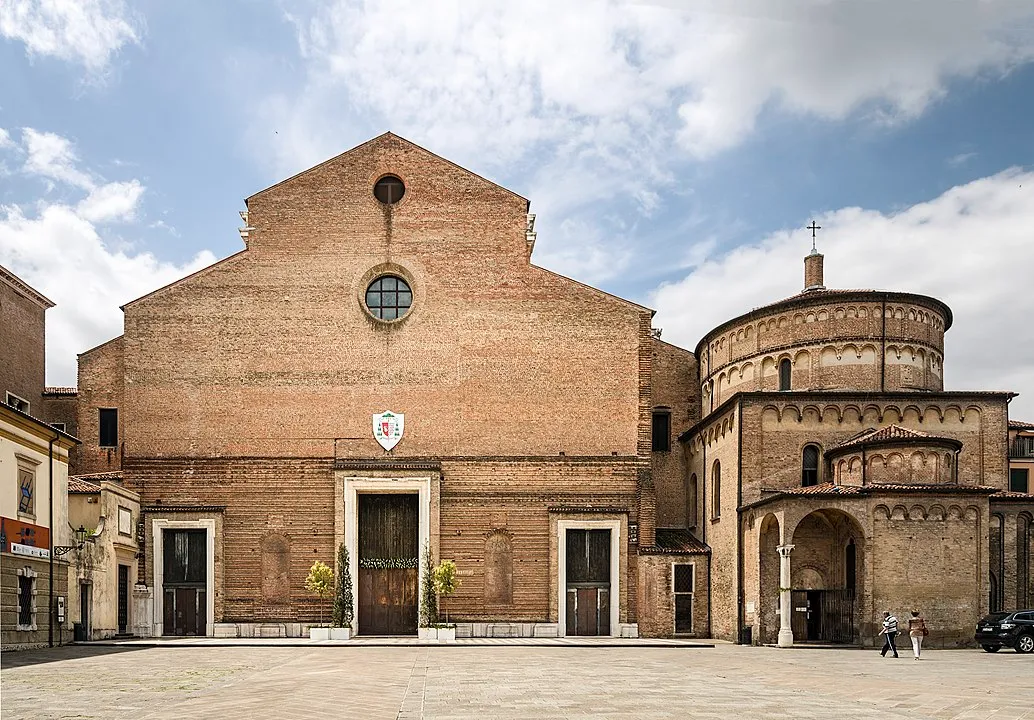
The Padua Cathedral (Italian: Duomo di Padova; Basilica Cattedrale di Santa Maria Assunta) is a Catholic church and minor basilica located at the eastern end of Piazza Duomo, next to the bishop’s palace in Padua, Veneto, Italy.
Dedicated to the Assumption of the Virgin Mary, the cathedral serves as the seat of the Bishop of Padua. Originally constructed as a cathedral in the 4th century, the building has undergone significant reconstructions throughout its long history.
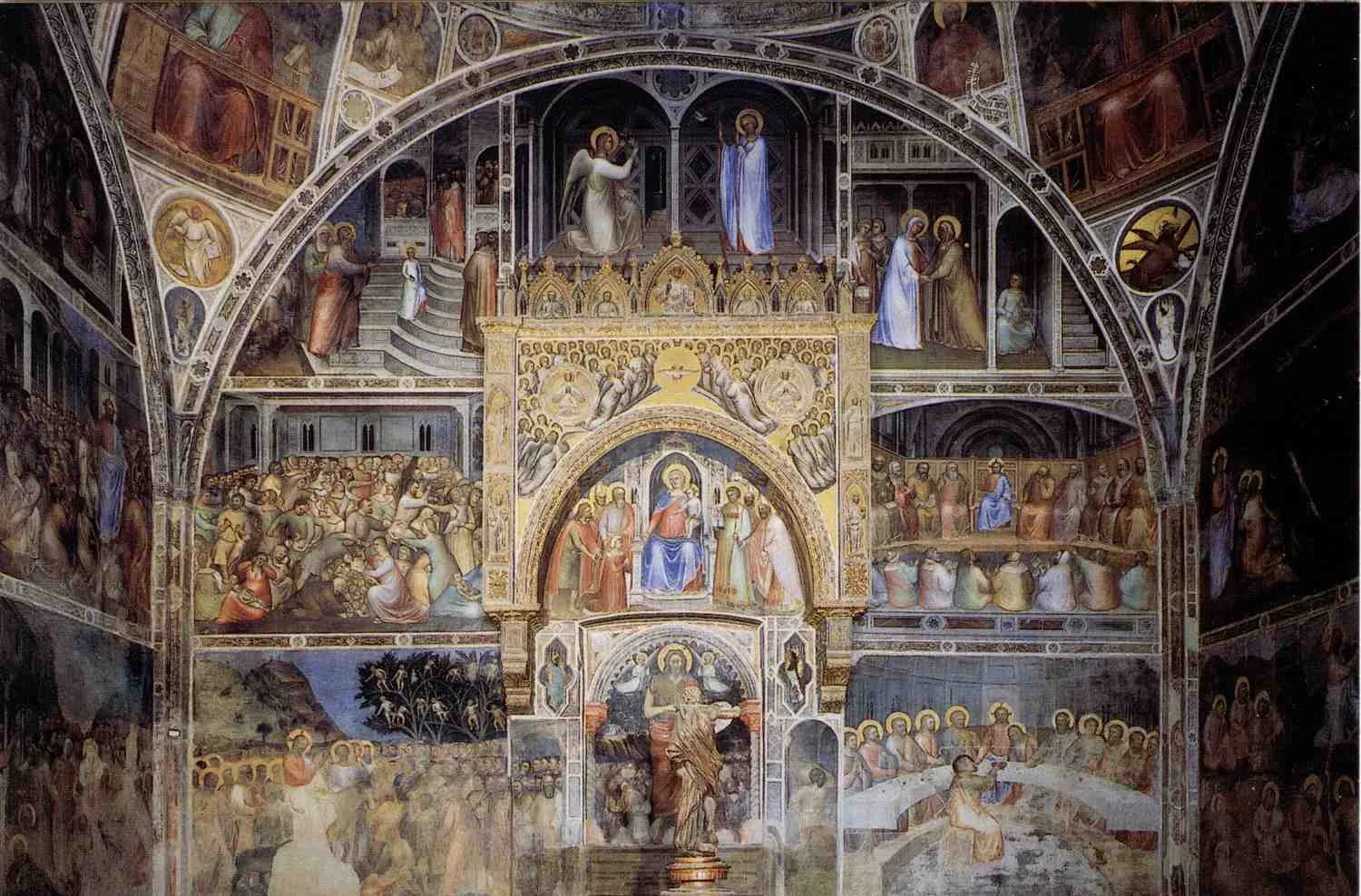
The present Padua Cathedral is the third church to be built on the same site. The first cathedral was constructed following the Edict of Milan in 313 but was destroyed by an earthquake on January 3, 1117. A second, Romanesque-style cathedral was built in its place, and its medieval appearance can still be seen in the frescoes by Giusto de’ Menabuoi in the adjacent baptistery. The current cathedral, however, is the result of a reconstruction effort that began in the 16th century. Though Michelangelo was initially credited with its design, it was primarily Andrea della Valle and Agostino Righetto who oversaw its construction. The church’s Renaissance-style design shares similarities with other churches in Padua. Construction continued for two centuries and was completed in 1754, though the façade remains unfinished.
Dedication and Significance
The Cathedral Basilica of Santa Maria Assunta is dedicated to the Assumption of the Virgin Mary and holds the title of minor basilica. It is also a functioning parish and is a place of veneration for the relics of several saints, including San Daniele, San Leonino, and San Gregorio Barbarigo.
Paleochristian Era
Tradition suggests that the first cathedral, originally dedicated to Santa Giustina, was built after the Edict of Constantine. A stone pillar with a cross marks the spot of this early church, now part of the current cathedral’s churchyard. The cathedral was restored during the 5th and 6th centuries, and in 620, Bishop Tricidio performed further restoration. After a fire in 899, the cathedral was rebuilt and later consecrated in 1075 by Bishop Olderico. Historians believe the façade of this church was located to the east, and it included a confession and crypt where Bishop Tricidio was buried. His tombstone was discovered during later excavation of the foundations. The basilica ultimately collapsed during the 1117 earthquake.
Archaeological Excavations
Excavations conducted between 2011 and 2012 by the University of Padua’s Chair of Medieval Archaeology have provided significant insights into the area surrounding the cathedral. In the northeast corner of the churchyard, a Romanesque-style tower base was discovered, dating back to the 10th-12th centuries. Other findings include foundations of buildings from the 9th to 11th centuries, 4th-5th century mosaic pavements, a 5th or 6th-century Lacerta altar, fragments of liturgical furnishings, 56 graves, and remnants of Longobard-era homes and workshops.
Post-Earthquake Rebuilding
Following the destruction of the cathedral in 1117, a new church was built by the architect Macillo. It is unclear whether this structure was built on the ruins of the previous cathedral or in a new location, but it was consecrated on April 24, 1180. The new cathedral followed a similar orientation to its predecessor, with the façade facing east and the presbytery to the west. It was divided into three naves and a transept. The south aisle overlooked a road next to the Episcopal Palace and bell tower, while the north aisle was adjacent to the cloister of the canons and the baptistery. The interior featured columns and pillars arranged in the Ottonian style. In 1227, the campanile was rebuilt, and further restoration work on the vaults was undertaken by Bishop Stephen of Carrara in 1399-1400.
Reconstruction of the New Cathedral
In the early 16th century, Bishop Peter Barozzi sought to modernize the cathedral by constructing a grand new presbytery. The first stone of the new structure was laid on May 6, 1522, by Cardinal Francis Pisani, who, along with the canons and prebendati, financed the reconstruction. The project extended over two centuries, and on January 2, 1551, the canons approved a new presbytery design, initially attributed to Michelangelo Buonarroti, replacing a plan by Jacopo Sansovino. Michelangelo’s design was carried out by his successors in the following decades, and the new presbytery was inaugurated on April 14, 1582, by Bishop Federico Cornaro. During this time, the old medieval bell tower was removed, and the cathedral’s right transept construction began in 1635, followed by the left transept in 1693. The remains of the old cathedral were gradually dismantled, and a new nave was built by Girolamo Frigimelica Roberti, Francesco Maria Preti, and Giambattista Novello. The cathedral was consecrated on August 25, 1754, by Cardinal Carlo Rezzonico and was designated a minor basilica. The dome’s construction began in 1756, under the direction of John Glory and Giorgio Massari.
Architecture of Cathedrale Basilica of Santa Maria Assunta Padua, Italy
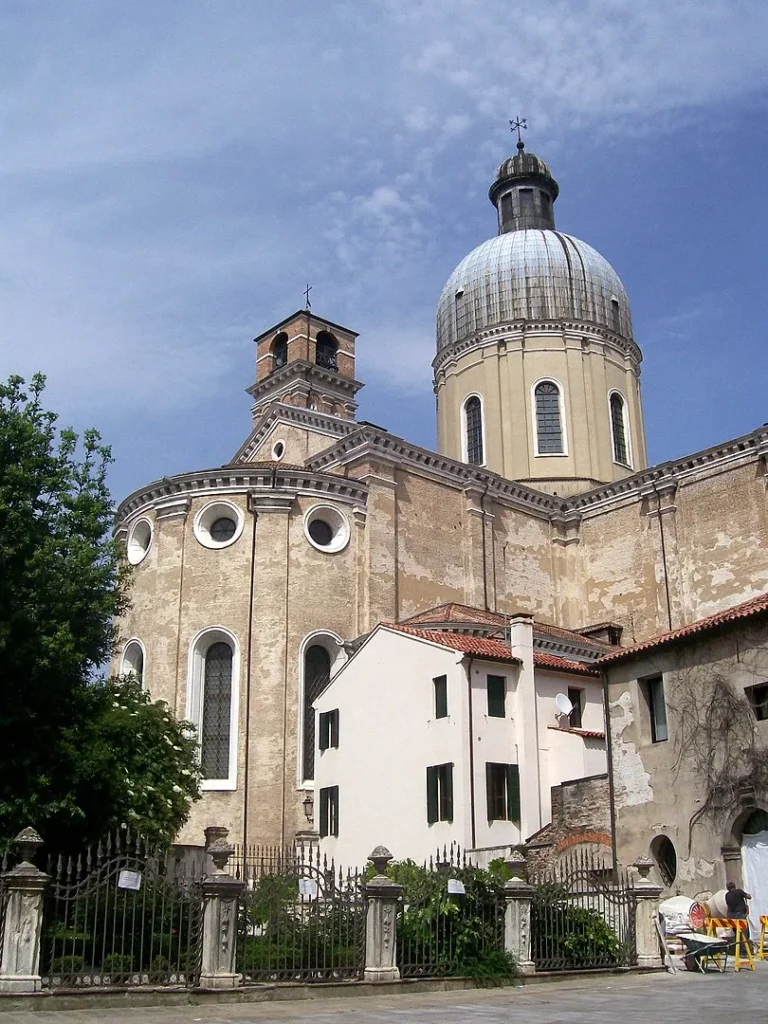
Exterior
The Basilica of Santa Maria Assunta stands between the Episcopal Palace and the Baptistery. It is designed in the shape of a Latin cross, featuring three bays and an octagonal dome. The dome, known as the Dome of Glory, is covered in lead. Adjoining the presbytery are two sacristies, one for the Canons and the other for the Prebendati. The bell tower is located between the Prebendati sacristy and the transept. The side doors of the cathedral open to a small courtyard leading to the presbytery and onto the Via Duomo, adjacent to the carriage entrance of the Episcopal Palace. On the bell tower, a plaque from the Roman era is inscribed with a reference to the Gens Fabia of Veio, a historical title from 49 B.C.
The cathedral’s façade remains incomplete. According to plans by Gerolamo Frigimelica and Francesco Maria Preti, it was intended to open into an airy atrium and provide access to the upper floor. The façade features a large, classical pediment supported by six massive semi-columns of the Corinthian order. A second construction, intended to connect the atrium, loggia, and Episcopal Palace, would have included a covered ramp on the right, though this was never finished. During World War I, a bomb struck the upper part of the façade, and a small rose opening was added during the restoration.
Interior
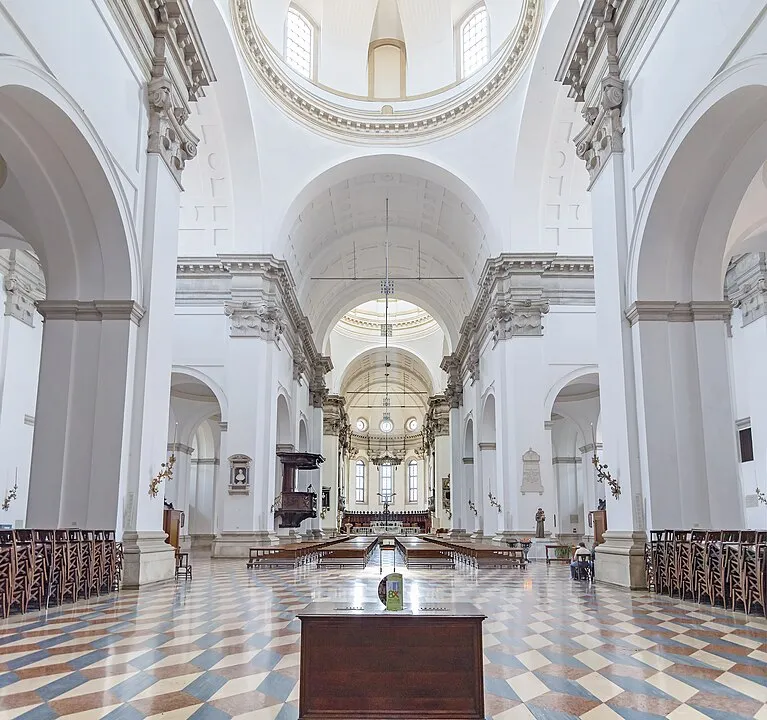
The interior of the cathedral is characterized by a harmonious design, with the nave flanked by aisles. The central nave contains two large elliptical domes, positioned above the chapels of St. Gregory Barbarigo and San Lorenzo Giustiniani. A large circular dome rises over the crossing of the nave. Chapels line the side aisles, and beneath the presbytery lies the crypt, which houses the Chapel of Santa Croce.
Right Aisle and Chapels
The first chapel on the right side contains an altar donated in 1760 by the Fraglia (guild) of shoemakers. The altarpiece, created by Dionisio Gardini, depicts Pius X as a seminarian in Padua. Originally, this chapel held a painting by Giovanni Battista Mengardi illustrating the Martyrdom of Saints Crispin and Crispiniano, the patron saints of shoemakers. The second chapel displays an altarpiece depicting the Martyrdom of San Lorenzo by Alessandro Galvano. The Chapel of San Lorenzo Giustiniani features an altarpiece commissioned by Bishop Nicholas Antonio Giustiniani to honor his ancestor, who is also buried in the chapel. A white marble statue of San Lorenzo Giustiniani, sculpted by Felice Chiereghin in 1788, stands in the chapel. The altarpiece in the chapel is attributed to Alessandro Varotari “the Padovanino.” The walls of the chapel contain epigraphs and remnants of episcopal funerary monuments from the Macilliana cathedral. Since 1809, the body of San Leolino, Bishop of Padua, has been hidden behind a marble slab behind the altar. San Leolino was previously venerated in the Church of San Leolino in Prà della Valle. The next altar in the right aisle features a modern representation of the Sacred Heart by R. Mulata, replacing a painting of San Carlo Borromeo in prayer by Giovanni Battista Bissoni, which was moved to the Basilica of Saint Anthony of Padua. In the porch leading to the rectory are two monuments by Girolamo Campagna, one on the left commemorating Sperone Speroni and the other on the right honoring his daughter, Giulia Speroni.
Baptistery of the Cathedral
The Baptistery of Padua, located to the right of the cathedral, dates from the 12th century, with revisions made in the following century. It was consecrated by Guido, Patriarch of Grado, in 1281. The Baptistery houses the mausoleum of the Carraresi family and is decorated with frescoes created by Giusto de Menabuoi between 1375 and 1376.
Feast Day
Feast Day: 15th August
The feast day of Padua Cathedral (Basilica Cattedrale di Santa Maria Assunta) is associated with the Assumption of the Virgin Mary, celebrated on August 15th each year. This day honors the Catholic belief that Mary was assumed into heaven, body and soul, at the end of her earthly life.
Church Mass Timing
Monday : 07.30 am, 11:00 am, 6.30pm
Tuesday : 07.30 am, 11:00 am, 6.30pm
Wednesday : 07.30 am, 11:00 am, 6.30pm
Thursday : 07.30 am, 11:00 am, 6.30pm
Friday : 07.30 am, 11:00 am, 6.30pm
Saturday : 07.30 am, 11:00 am, 6.30pm
Sunday : 09:30am, 11:30 am, 6:30 pm, 8.00 pm
Church Opening Time:
Monday : 7:30 am – 7:30 pm
Tuesday : 7:30 am – 7:30 pm
Wednesday : 7:30 am – 7:30 pm
Thursday : 7:30 am – 7:30 pm
Friday : 7:30 am – 7:30 pm
Saturday : 7:30 am – 7:30 pm
Sunday : 7:30 am – 7:30 pm
Contact Info
Address :
Piazza Duomo, 35139 Padova PD, Italy.
Phone : +39049662814
Accommodations
Connectivities
Airway
Venice Airport (VCE) to Padua Cathedral in italy distance between 43 min (51.8 km) via A4/E70.
Railway
Padua (Station) to Cathedrale Basilica of Santa Maria Assunta Padua, Italy distance between 13 min (3.8 km) via Via Fra’ Paolo Sarpi.

